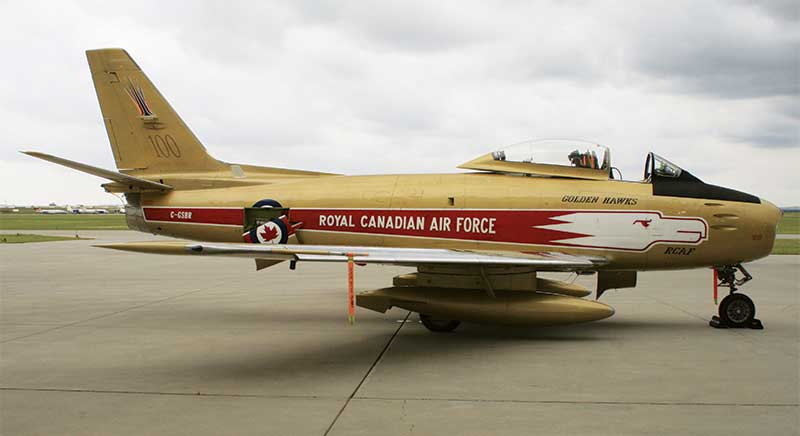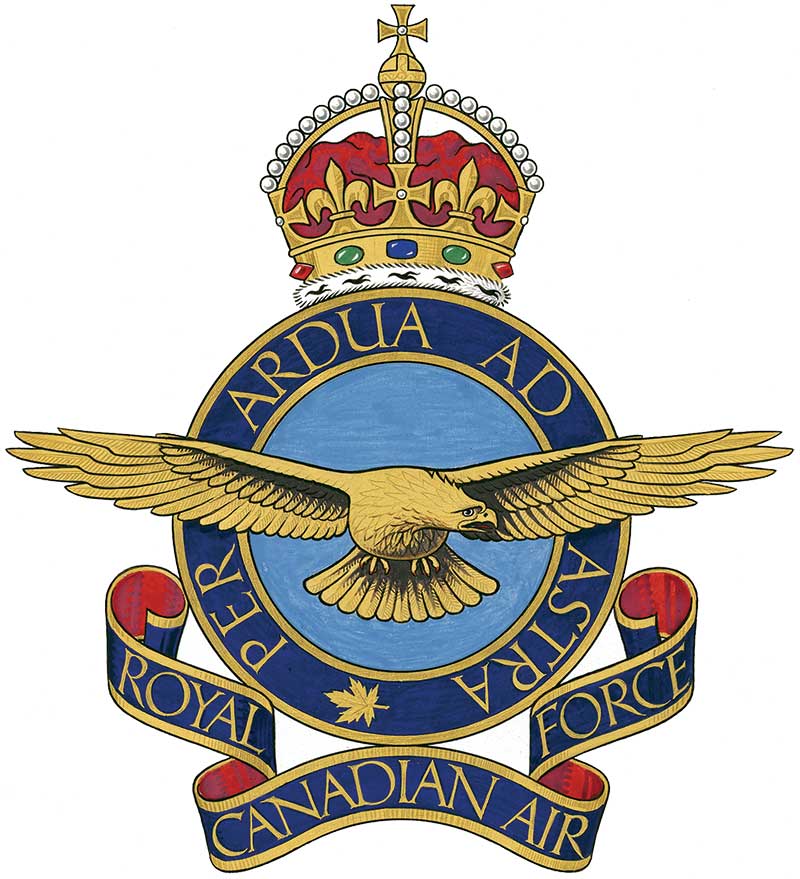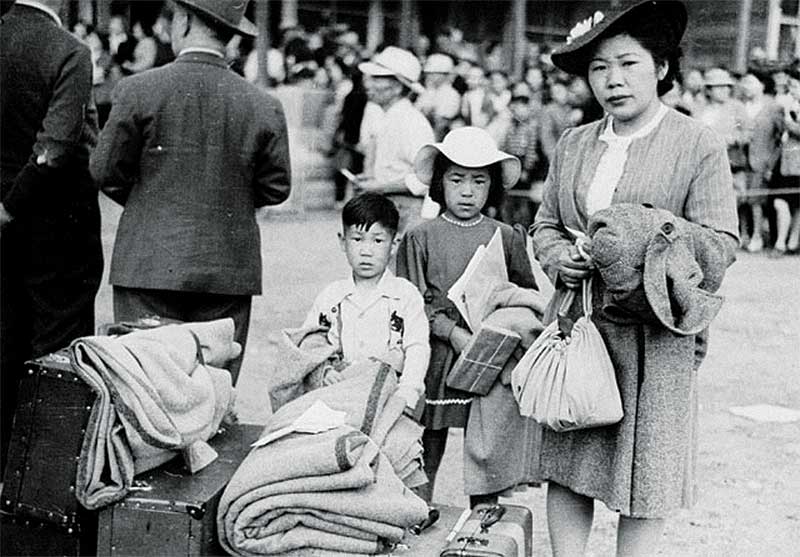
1 February 1944
A Canadian corps operates on the front line, in Italy, for the first time since the Great War.
2 February 1915
A German spy bombs the Saint Croix-Vanceboro Railway Bridge at the New Brunswick-Maine border. The bomb damages, but fails to destroy, the bridge.
3 February 1945
Almost 1,000 Flying Fortresses drop over 2,700 tonnes of bombs on Berlin.
6 February 1952
While visiting Kenya, Princess Elizabeth ascends to the throne after her father’s death.

7 February 1964
The RCAF Golden Hawks aerobatic flying team is officially disbanded
for financial reasons.
9 February 2004
Canadian Lt.-Gen. Rick Hillier assumes command of the NATO-led International Security Assistance Force in Afghanistan.
10 February 1841
The Act of Union creates Canada West from Upper Canada and Canada East from Lower Canada.
11 February 1944
A Wellington bomber of RCAF 407 Squadron, piloted by FO Peter William Heron, sinks U-283 in the North Atlantic. Heron is awarded the Distinguished Flying Cross for his actions.
12 February 1947
Canada and the United States sign an agreement to collaborate in defence planning. One result was development of a radar system in northern Canada, later dubbed the DEW (Distant Early Warning) Line.
14 February 1945
Spilled fuel starts a conflagration in the port at Ostend, Belgium—12 vessels burn, killing 61 Canadian and British sailors.

15 February 1923
King George V approves the prefix “Royal” for the Canadian Air Force.
16 February 1945
HMCS Saint John, a frigate, sinks U-309 northeast of Scotland.
17 February 2011
Sgt. Joseph Poulin positions his tank to protect civilians, comrades and Afghan security forces during a road construction project in Afghanistan. He is awarded the Medal of Military Valour.
18 February 1915
Germany begins a U-boat blockade of Britain.
19 February 1942
Winnipeg stages “If Day,” a full-scale mock Nazi invasion, in aid of selling war bonds. The event raised $3.2 million in one day.
21 February 1916
The Battle of Verdun begins. There are nearly a million French and German casualties before it ends.
22 February 1943
HMCS Weyburn, a corvette, hits a mine and sinks near Gibraltar.
23 February 1909
Designed and built by Alexander Graham Bell and members of the Aerial Experimental Association, the Silver Dart is the first powered aircraft to fly in Canada. It is flown by John Alexander Douglas McCurdy over Baddeck Bay, N.S.
24 February 1986
Former Saskatchewan Premier Tommy Douglas, best known as the “Father of Medicare,” dies at 81.
25 February 1955
For the first time, women are allowed to become part of the permanent force in the RCN.

26 February 1942
The federal government begins the mass internment of Japanese Canadians. They are relocated inland to labour camps. Some are given only 24 hours notice. Cars, cameras and radios are confiscated for “protective measures,” and a curfew is imposed.
27 February 1930
HMCS Thiepval hits an uncharted rock in Barkley Sound, B.C., and sinks the following day.
28 February 1991
Saddam Hussein accepts a ceasefire after his remaining Iraqi forces in Kuwait collapse and flee home,
suffering heavy casualties. The move brings an end to the Persian Gulf War.
Advertisement





















